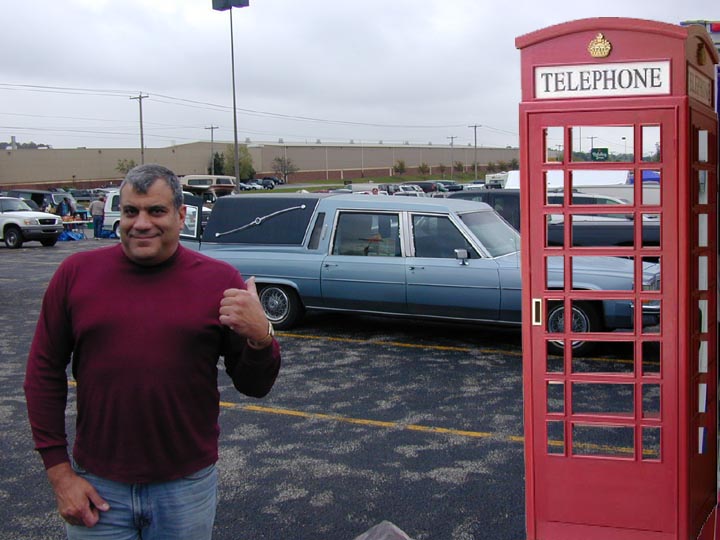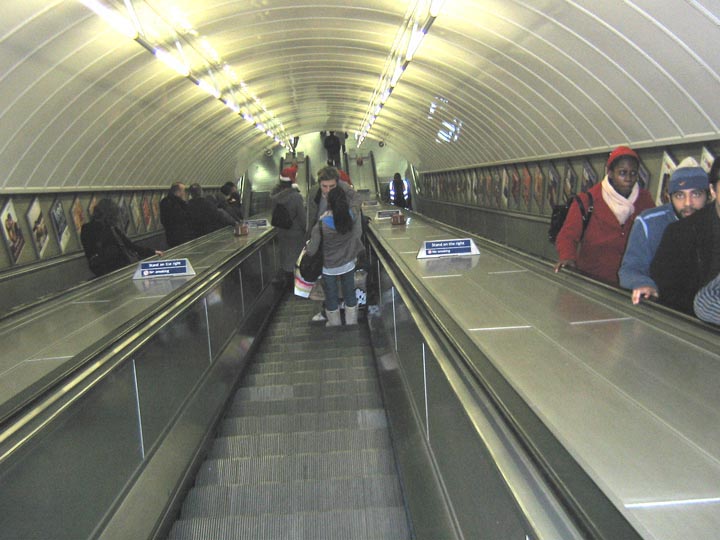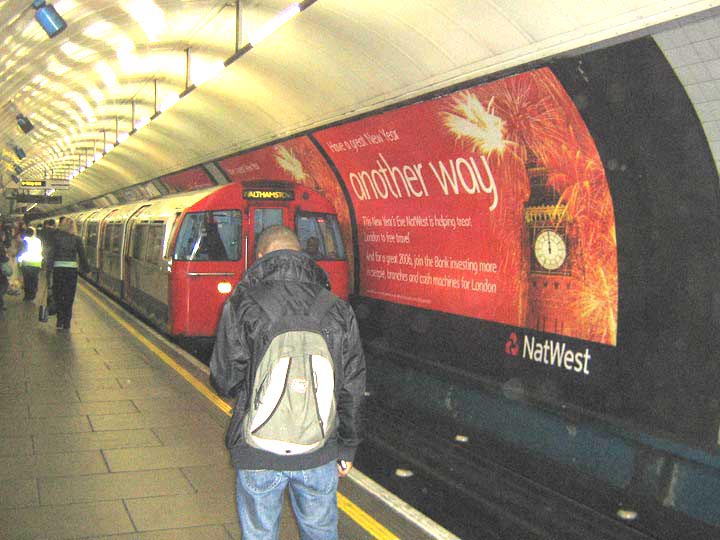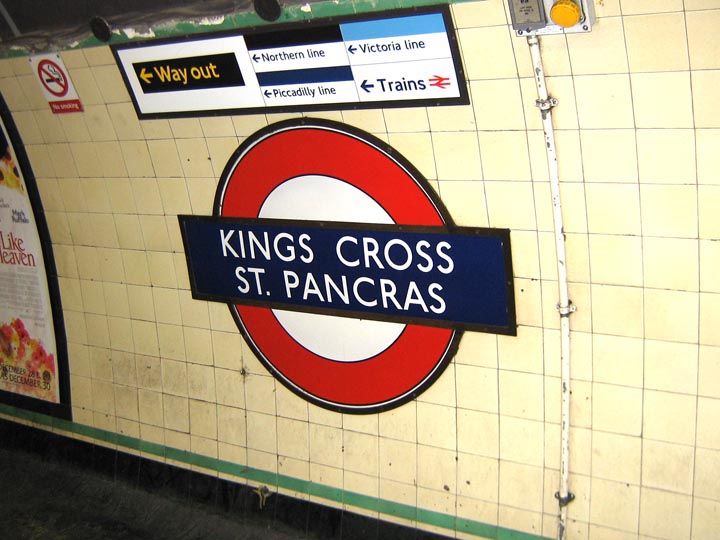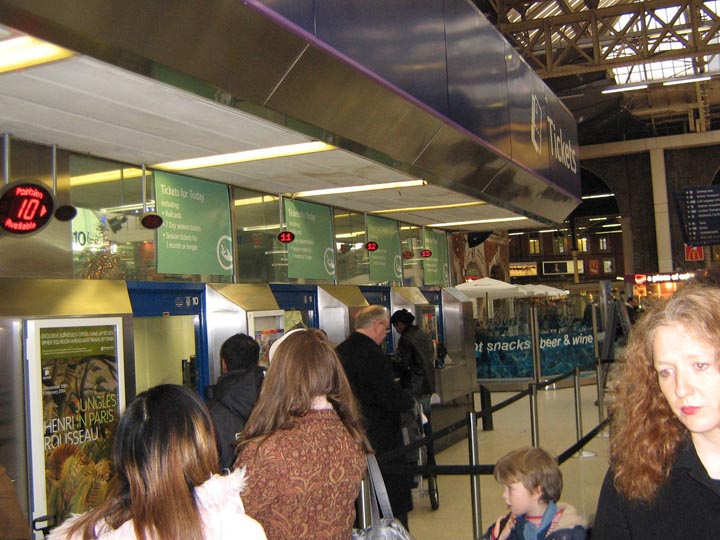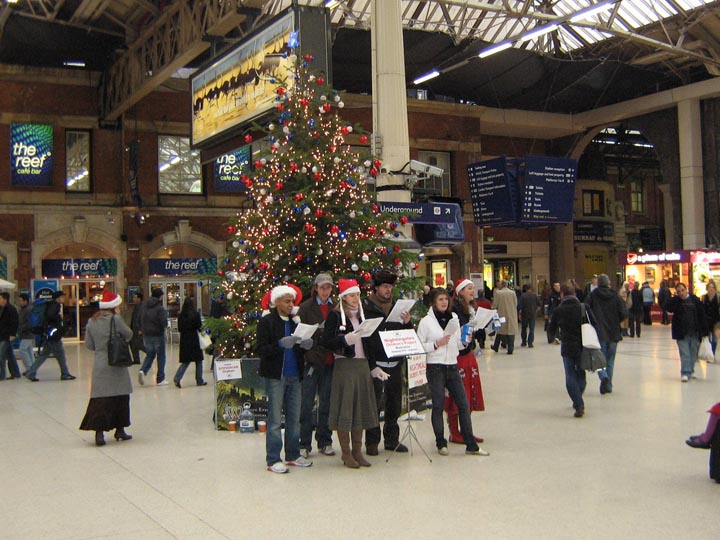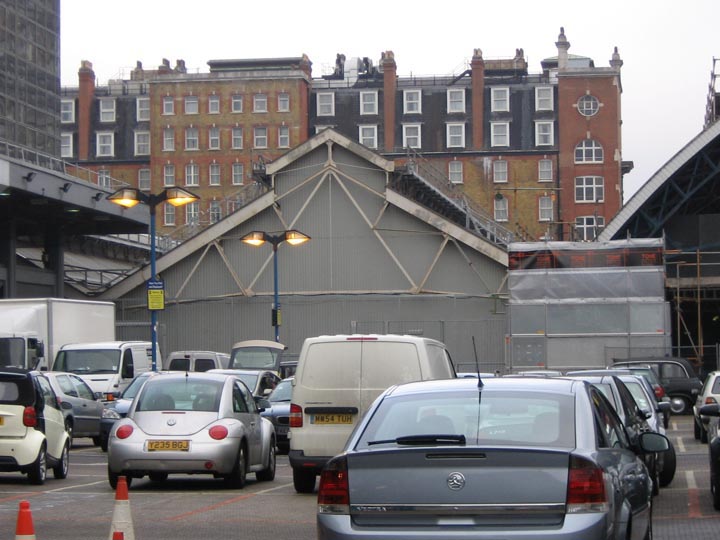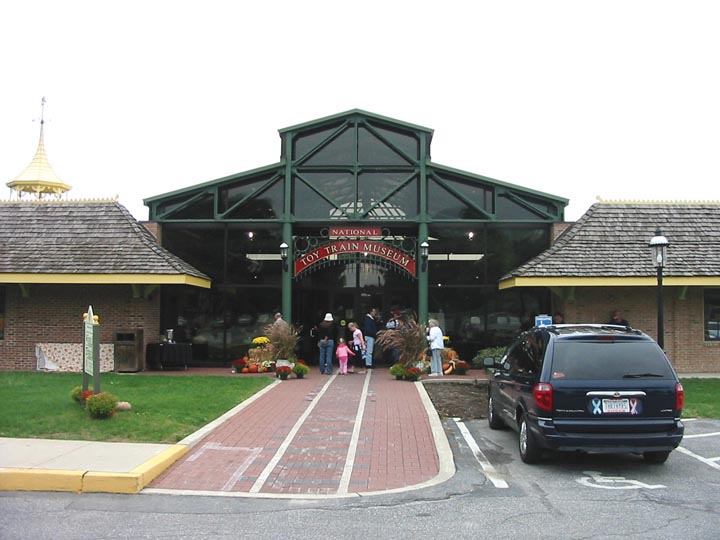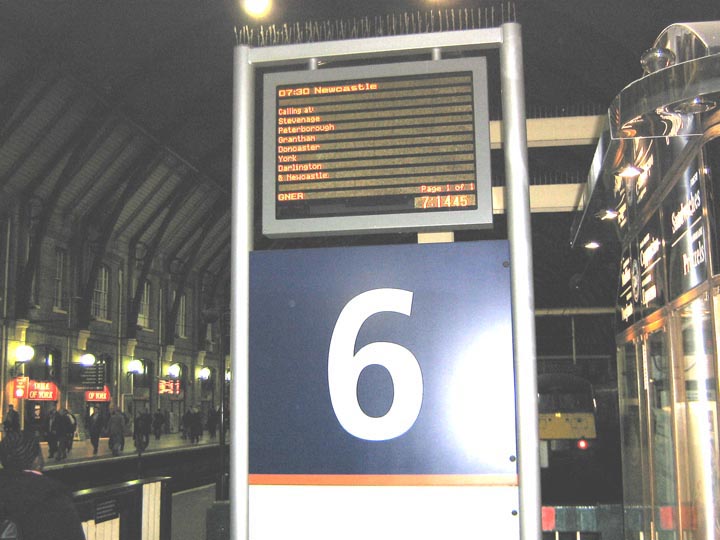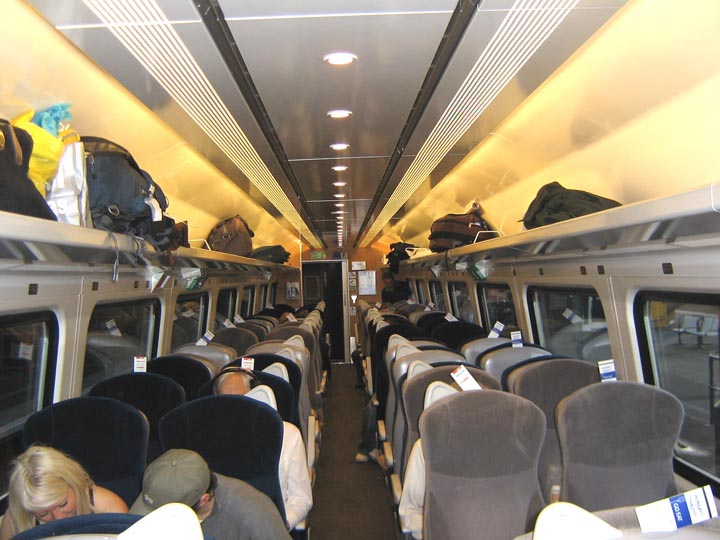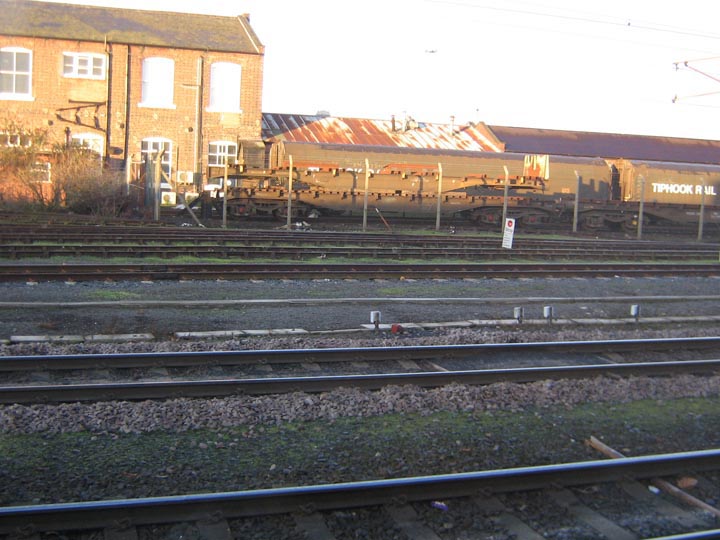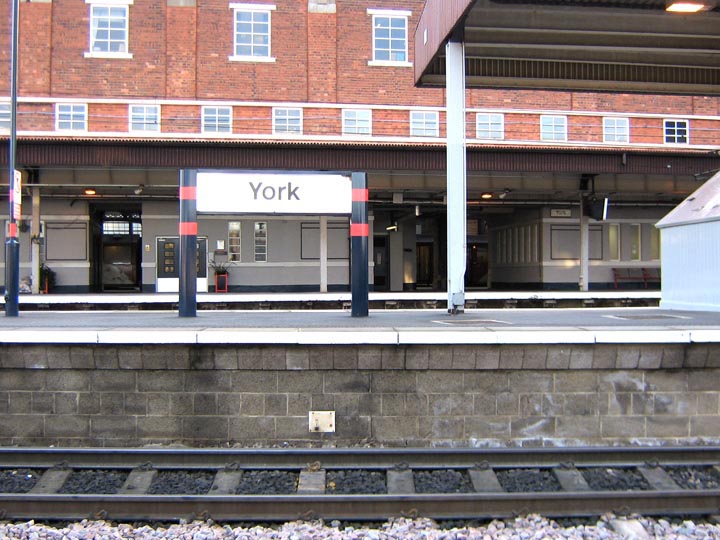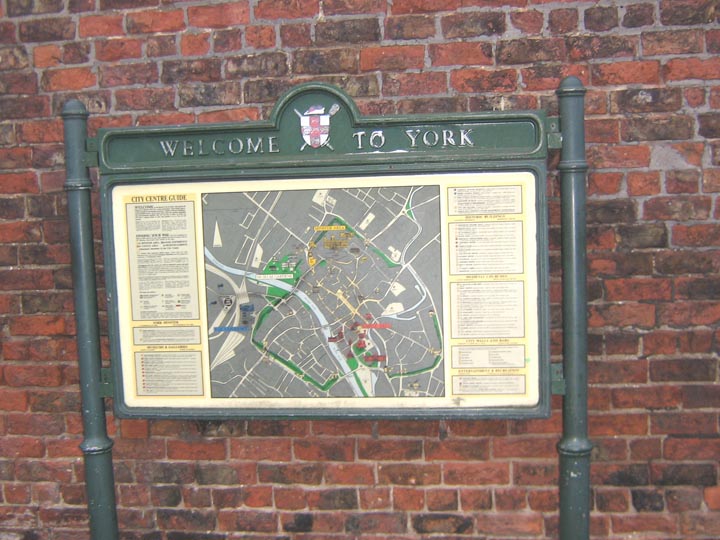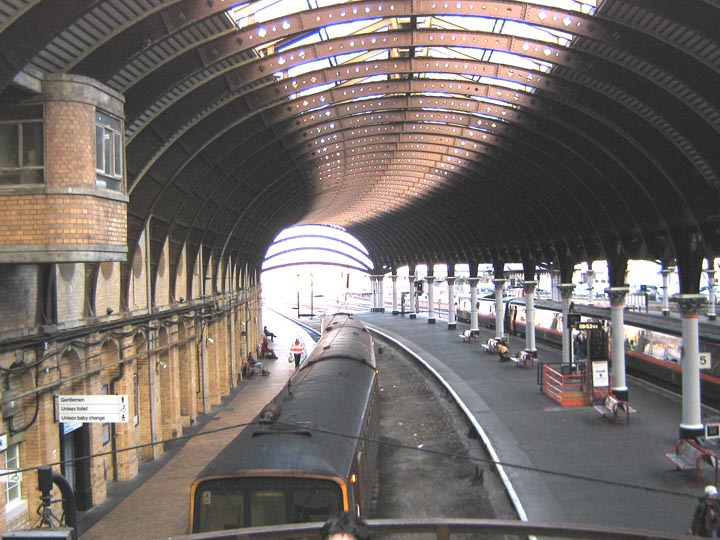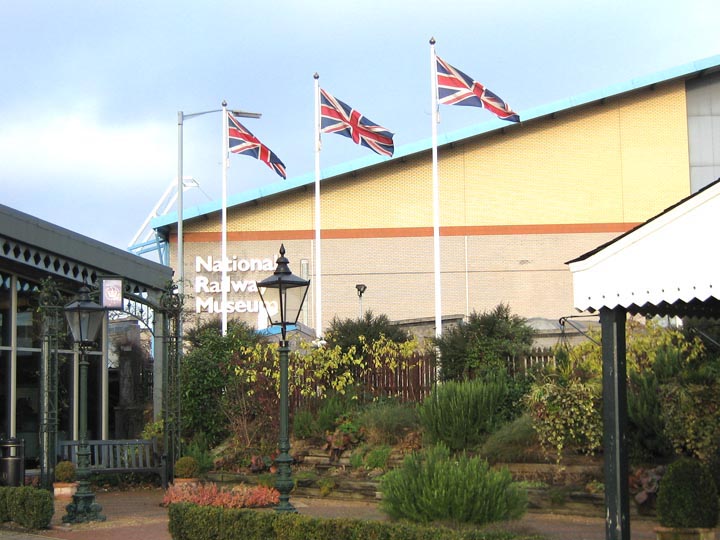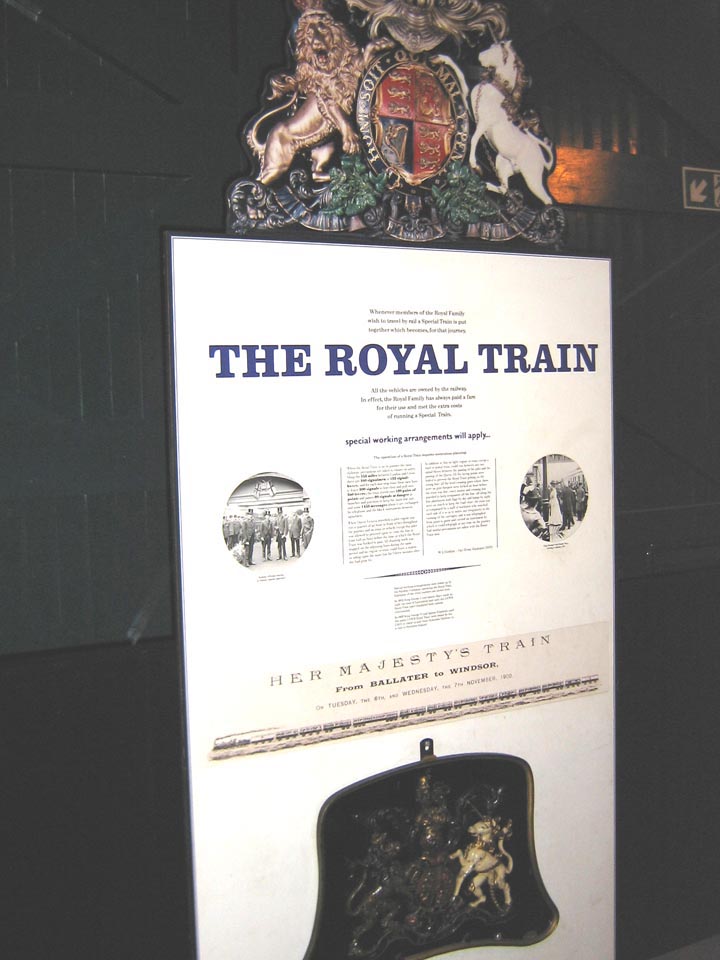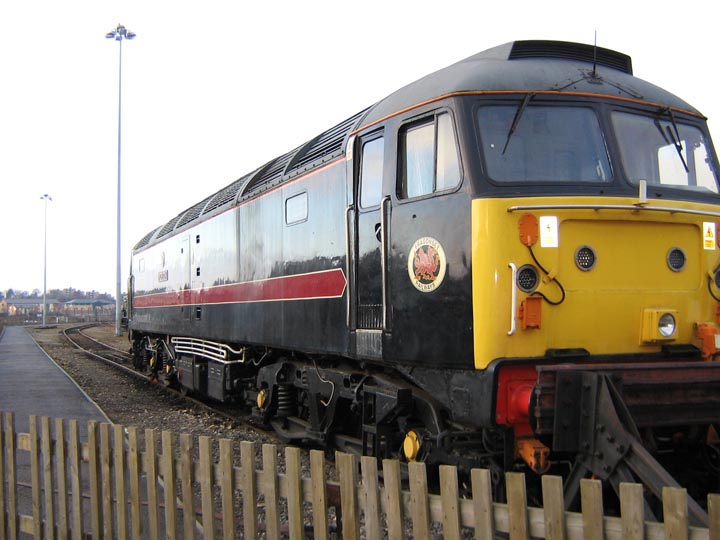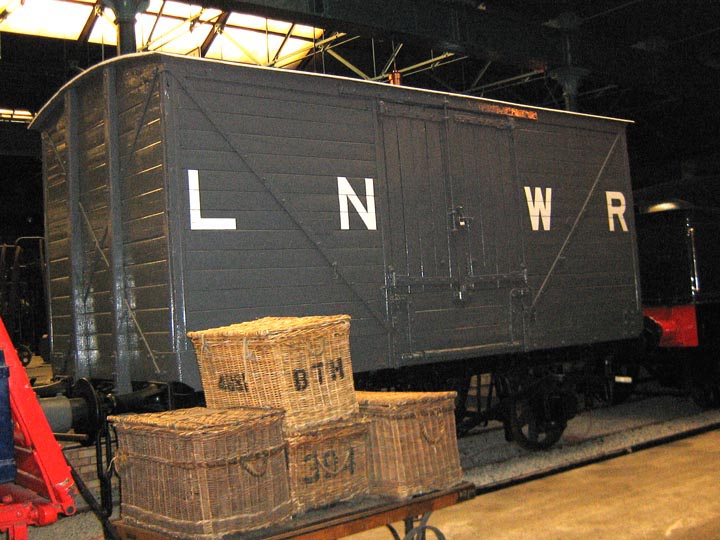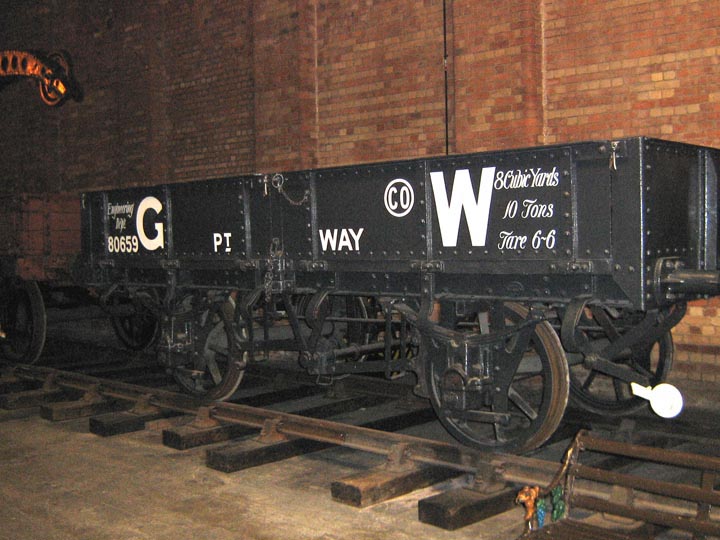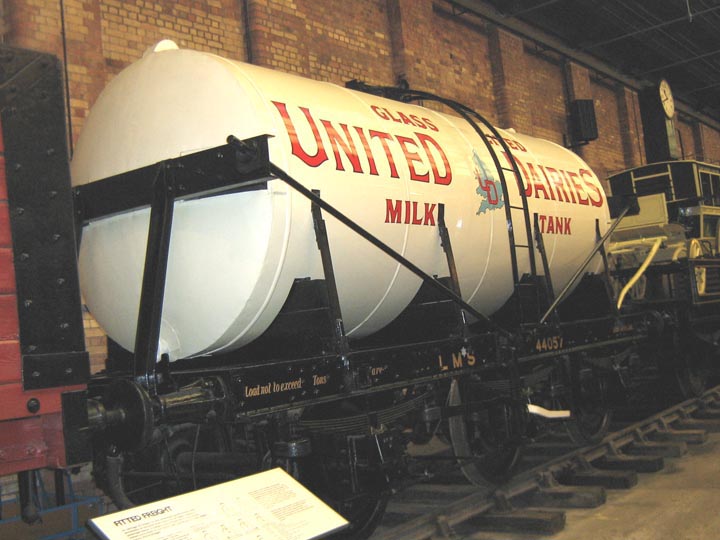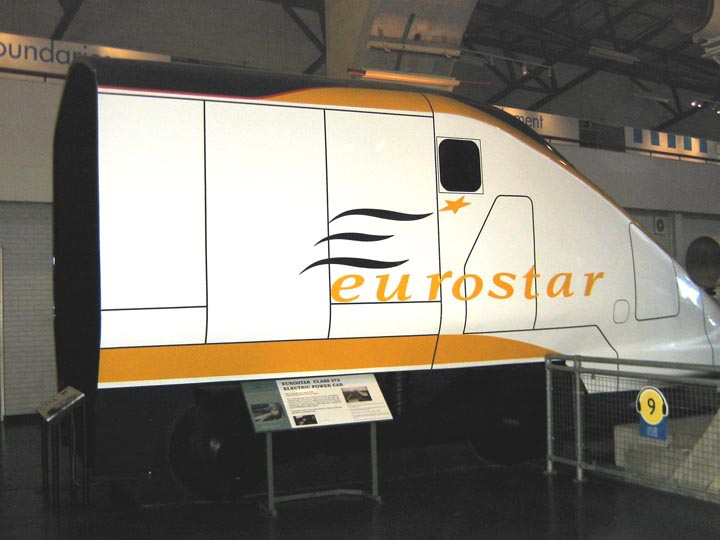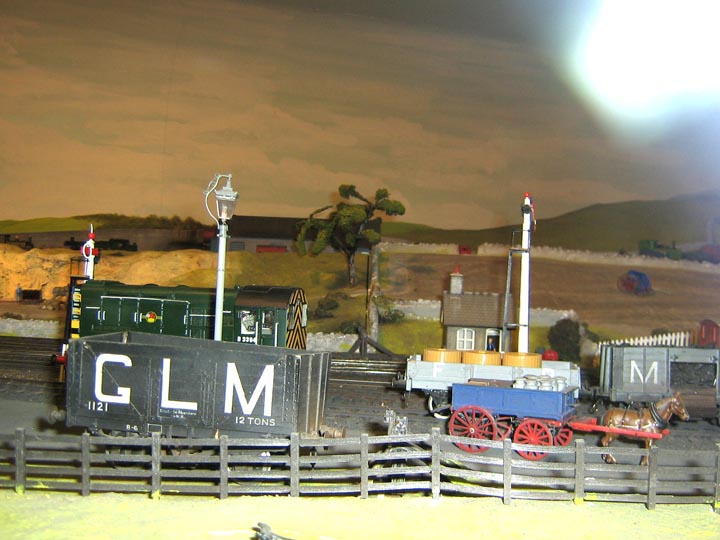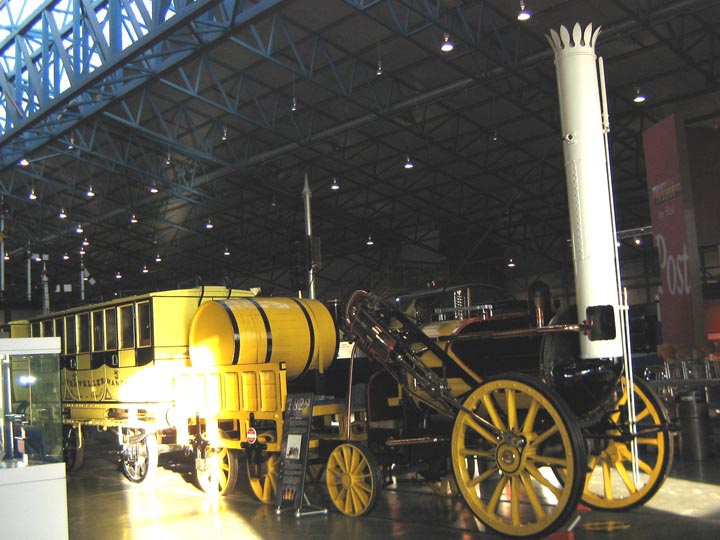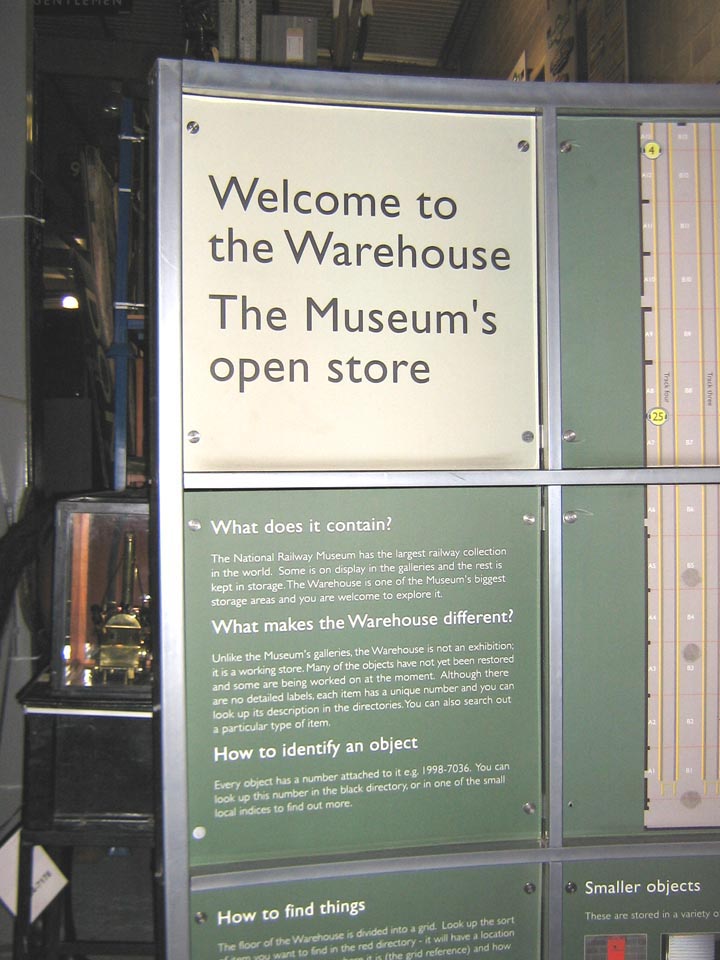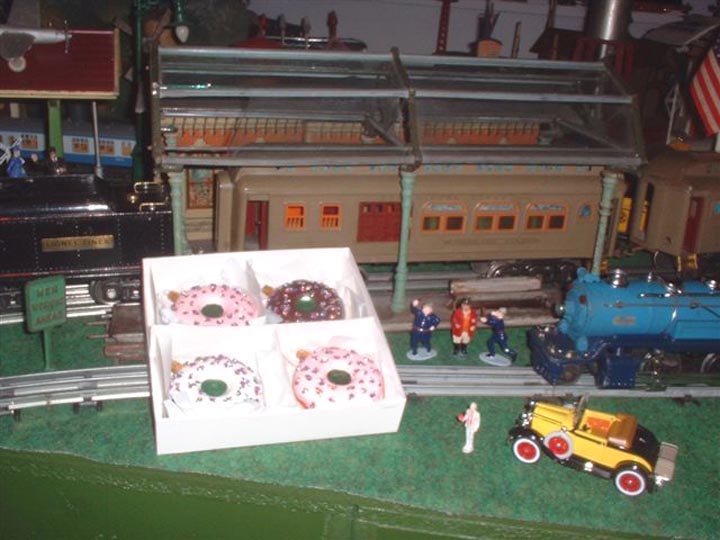A TALE OF TWO CITIES–with apologies to Charles Dickens
By Gordon L. Wilson, TCA 76-10233
Looking at the rear exterior of Kings Cross Station. Compare that to the design of the TCA’s National Toy Train Museum and Headquarters
The day of arrival was similar to many I’ve experienced before. Temperatures were in the high 40’s, it was gray and overcast with the unmistakable smell of rain in the air. As usual, the sun was resting with nary a hint of rays peeking through the clouds. This trip to “Mecca” for trains, however, was to be quite different from any other since my first trek to York in October of 1976. This was an adventure to be done by train. The station was huge and crowded with merry makers preparing for the upcoming holiday season. Security was tight but not offensive as I wandered toward a platform in the hopes of snapping an uncrowded photo of the train. An officer moved toward me, said not a word, but motioned to me with his free hand to step back. He even smiled, an unfamiliar gesture from security personnel in Phoenix. He then engaged my wife and me in conversation. He could tell we were not locals and offered his assistance should we have questions. It turned out he was from Millville, New Jersey, a town only 12 miles east of the town where we had both started our professional careers – Bridgeton, NJ. Mr. James Williams wasn’t a “local” either, but his wife was. You see, we were in the King’s Cross Station in the north of London, preparing for a two-hour ride to York, England.
York, the namesake of the town in South Central Pennsylvania, has many notable attributes. First of all, it is one of the very few cities in Great Britain that is a walled city dating back some thousand years. It is the main city (sort of a capital) of Yorkshire. The York in Pennsylvania was at one time also a capital city. However, its short reign as a Capital City was of a fledgling country, the United States.
Another significant product of York in England has been the development of a household pet, the Yorkshire terrier. During the holiday season, a culinary treat developed in this quaint old community. You’ll know it best as Yorkshire pudding. However, as famous and intriguing as these things are, what attracted us to York is the World’s Largest Railway Museum.
Having traveled around the world, I’ve become a bit skeptical and jaded with the claims of the world’s “Largest”; “Oldest”; “First”; and other adjectives which are designed to separate the tourist/visitor from his or her money. That is what separates this claim from all the others because Admission to this “World’s Largest” is FREE.
When comparing the original York with the one with which we are so familiar, both boasts of “Largest” are easily substantiated. The Museum houses such vintage locomotive icons as the Mallard – no, not a green-headed duck – the world’s fastest locomotive until the late 20th century’s electrics in Japan and France took the title away. Then there is the Royal Scotsman, a locomotive of heroic proportions. These are so many fine examples of locomotives, rolling stock, and Royal Trains here that it boggles the mind. This should be an easy task – writing and commenting on such an array of diverse trains. However, what I’ve encountered is “sensory overload”. In no way can I do justice to the mammoth collection housed in the two cavernous buildings and spacious grounds.
Recently the British National Railway Museum has opened its warehouse to the public. No trains here, just hundreds of thousands of examples of railway items: equipment; china; signage; paper items; models of every size, shape and description; photographs; furniture; lamps, both gas and electric; and some outstanding artwork. More incredibly, each and every piece, regardless of size, is tagged, described briefly, and catalogued. There is little doubt in anyone’s mind that this massive array of what we refer to as railroadiana would easily fill two or three more buildings of the same size. That would make for five halls of railroading artifacts. Perhaps they would be named Blue, Red, Silver, Brown, and Orange.
The Museum exists on donations from visitors and corporations; no government funds are provided. A small percentage of their operating budget comes from the sale of items from the Gift Shop. Here one can find everything from all manner of railroading books and fine art to incredibly crafted models of the Museum stable of trains. Furthermore, the persons who maintain this shop are so public relations minded that the only difference between them and the men and women at our own National Toy Train Museum is an unmistakable accent. The words “helpful” and “pleasant” are understatements.
There was one disappointment with the British York as compared to the one in Pennsylvania. The good folks in Yorkshire have been denied, through no fault of their own, one of life’s pleasures. You guessed it – MAPLE DONUTS. I’m sorry, but Yorkshire pudding just doesn’t “cut the mustard.” While a wonderfully tasty seasonal “goodie,” consuming it just doesn’t provide the exquisite pleasure derived from a chocolate frosted Maple Donut, the Official Donut of the April/October York Train Show. One other thing – you cannot dip Yorkshire pudding in coffee or a cold glass of milk.
In concluding, let me encourage anyone who might be visiting England to put this excursion on your itinerary. Do it, right! Take the express train from London to York. We went by second-class coach, which simply means you don’t have food included on your two-hour journey. It is best to have a pre-reserved seat and better still if it is done via a British Rail Pass. That allows you to return to London at your convenience – you just won’t have a reserved seat, but you WILL be guaranteed a seat.
Oh, I nearly forgot. What happens when you arrive at the station in York? How do you get to the British National Railway Museum? Fear not – it is a short (maybe ¼ of a mile) walk from the classic “covered roof” station. Be sure to take plenty of film and a good strong flash attachment. That is where I erred. My flash unit wasn’t strong enough to emit enough light for consistently good images. The buildings and warehouse are not brightly lighted. Nonetheless, be assured that you will see more than you can possibly absorb. Allow for a minimum of four hours, and that will only scratch the surface. It is ironic indeed that York and York are truly two cities, separated by a body of water (as Mr. Dickens presented in his classic), whose main commonality with one another is a train AND that both are accepted as the World’s Largest: a Museum in England and a Swap Meet in the USA.
For further information go online at:

